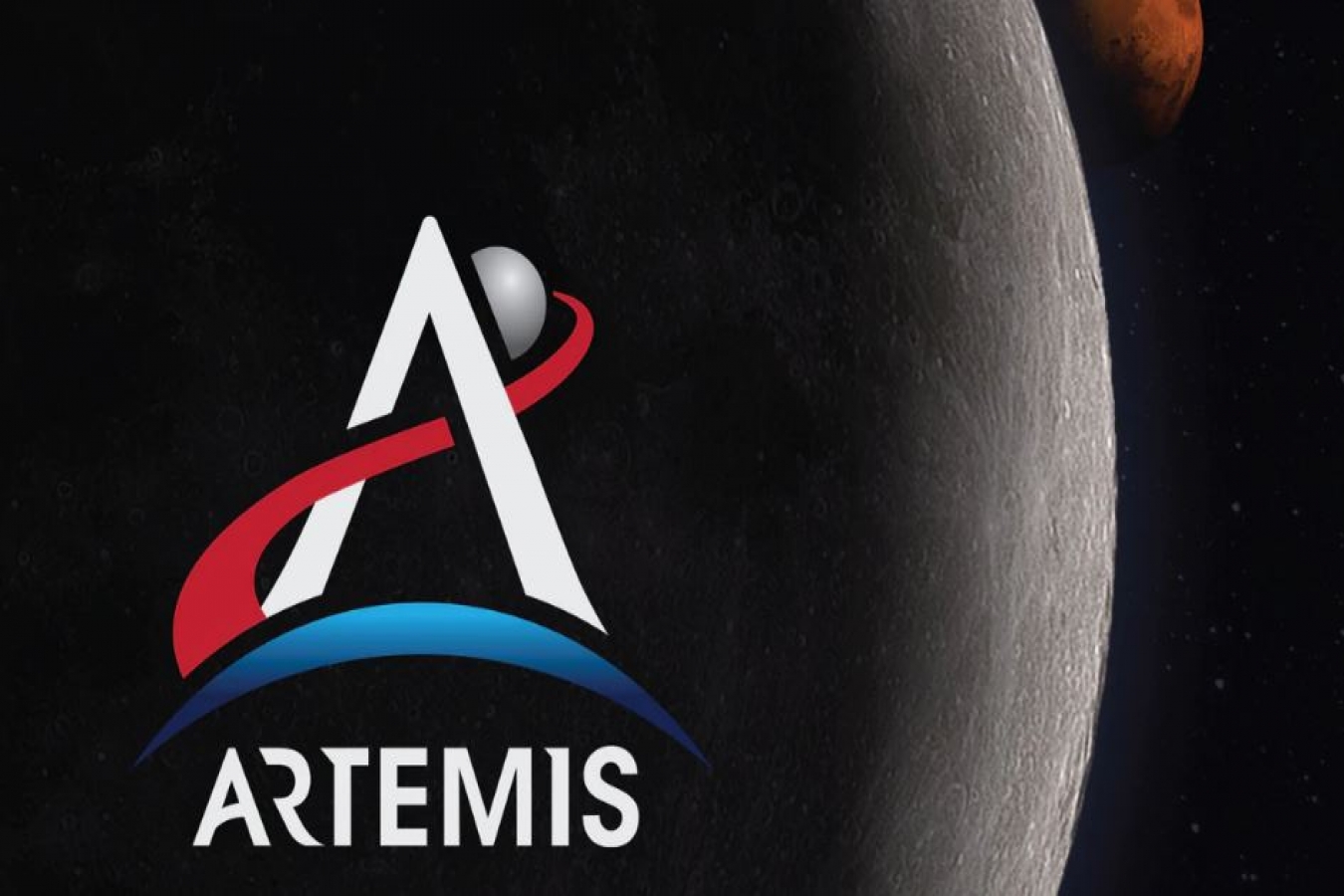


 4:48:54
4:48:54  2019-08-04
2019-08-04  911
911

The US space agency has selected 13 firms -- including Blue Origin of Jeff Bezos and SpaceX of Elon Musk -- to develop space technologies as it prepares to land humans on the Moon by 2024 with the Artemis mission and, later, the Red Planet.
Various NASA centres will partner with the companies -- which range from small businesses with fewer than a dozen employees to large aerospace organisations -- to provide expertise, facilities, hardware and software at no cost, the agency said in a statement on Tuesday.
"We've identified technology areas NASA needs for future missions, and these public-private partnerships will accelerate their development so we can implement them faster," said Jim Reuter, associate administrator of NASA's Space Technology Mission Directorate (STMD).
Lockheed Martin will work with NASA's Langley Research Center in Hampton, Virginia, to test materials made from metal powders using solid-state processing to improve the design of spacecraft that operate in high-temperature environments.
Blue Origin will collaborate with NASA's Johnson Space Center in Houston and Goddard to mature a navigation and guidance system for safe and precise landing at a range of locations on the Moon.
Blue Origin will also partner with Glenn and Johnson to mature a fuel cell power system for the company's Blue Moon lander.
The system could provide uninterrupted power during the lunar night, which lasts for about two weeks in most locations.
"Blue Origin, Marshall and Langley will evaluate and mature high-temperature materials for liquid rocket engine nozzles that could be used on lunar landers," said NASA.
SpaceX will work with NASA's Kennedy Space Center in Florida to advance their technology to vertically land large rockets on the Moon. This includes advancing models to assess engine plume interaction with lunar regolith.
SpaceX will also work with Glenn and Marshall to advance technology needed to transfer propellant in orbit, an important step in the development of the company's Starship space vehicle.
The space agency has doubled down on its next giant leap with the Artemis mission that would take "the first woman and the next man" to the lunar surface.
The programme includes an unmanned mission around the Moon in 2020 and a manned mission that also will orbit the Moon two years later.
Returning astronauts to the Moon in 2024 could cost about $30 billion, or roughly the same price tag as the Apollo 11 spaceflight when factoring in inflation.
Reality Of Islam |
|

For years,

New scienti

This is the

A computer
 9:3:43
9:3:43
 2018-11-05
2018-11-05
10 benefits of Marriage in Islam
 7:5:22
7:5:22
 2019-04-08
2019-04-08
benefits of reciting surat yunus, hud &
 9:45:7
9:45:7
 2018-12-24
2018-12-24
advantages & disadvantages of divorce
 11:35:12
11:35:12
 2018-06-10
2018-06-10
 6:0:51
6:0:51
 2018-10-16
2018-10-16
 8:3:0
8:3:0
 2018-06-21
2018-06-21
 8:4:21
8:4:21
 2022-01-08
2022-01-08
 9:39:36
9:39:36
 2022-12-28
2022-12-28
 1:34:8
1:34:8
 2022-02-01
2022-02-01
 5:58:12
5:58:12
 2021-12-18
2021-12-18
 8:30:23
8:30:23
 2022-03-03
2022-03-03
 11:11:59
11:11:59
 2023-02-01
2023-02-01
 5:41:46
5:41:46
 2023-03-18
2023-03-18
| LATEST |